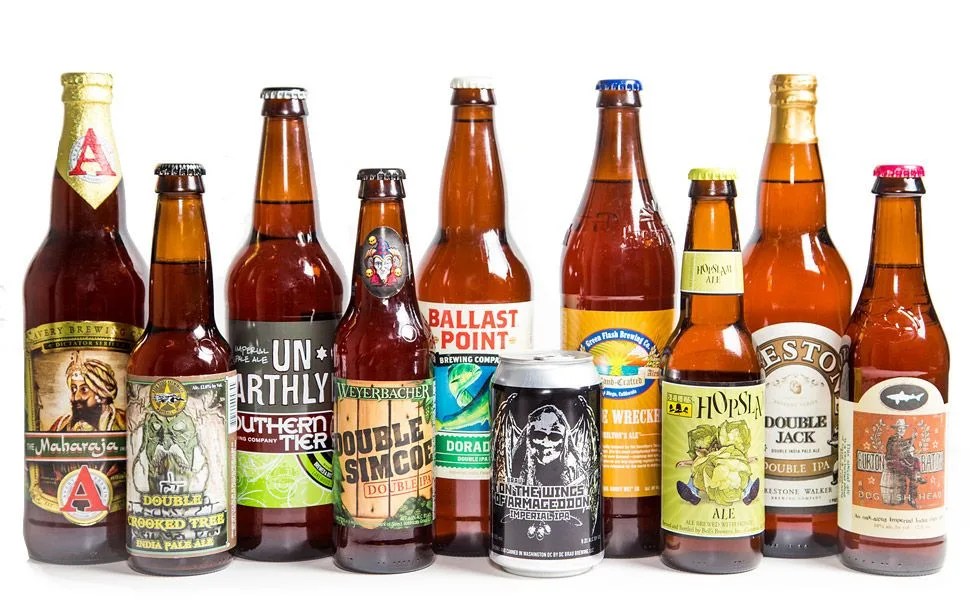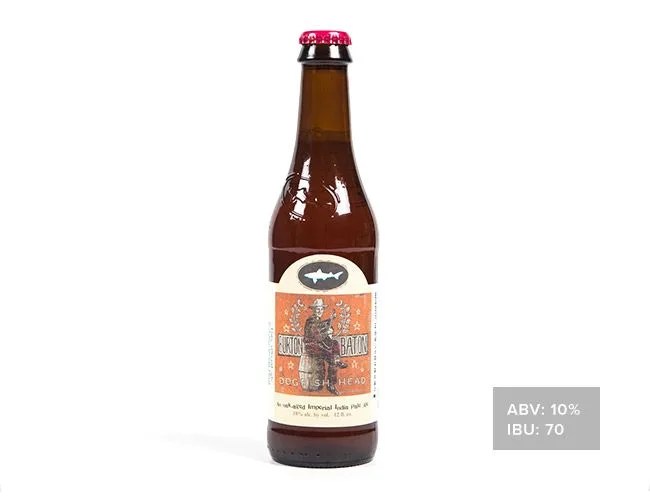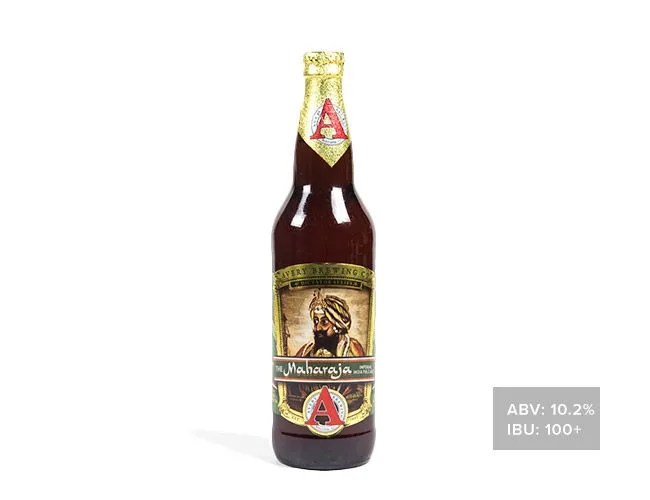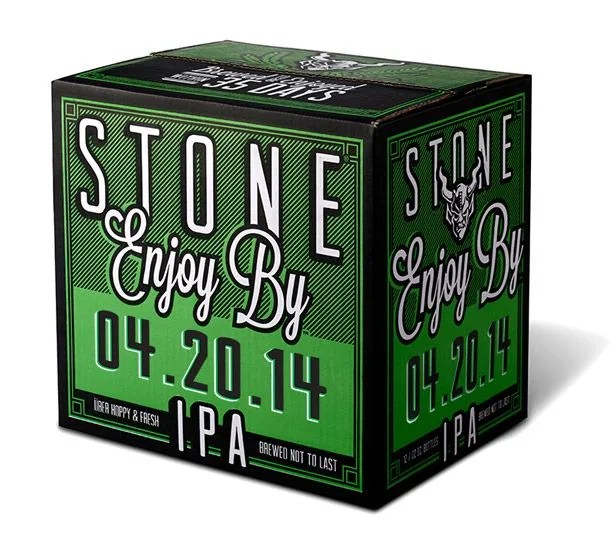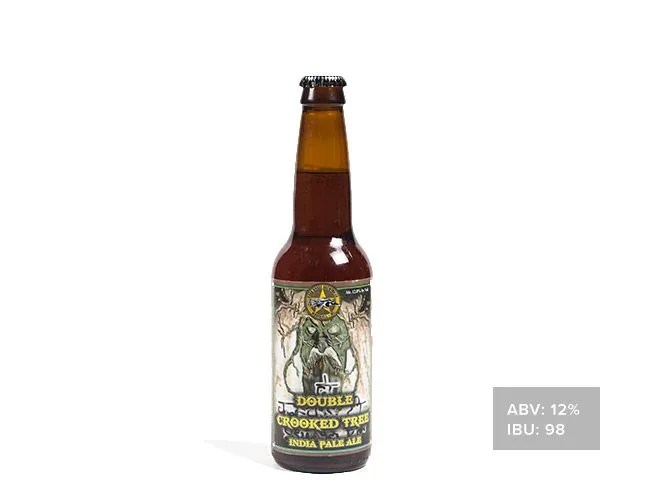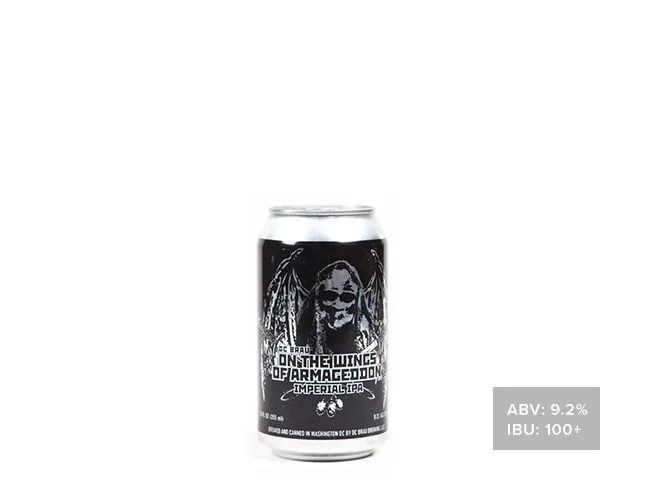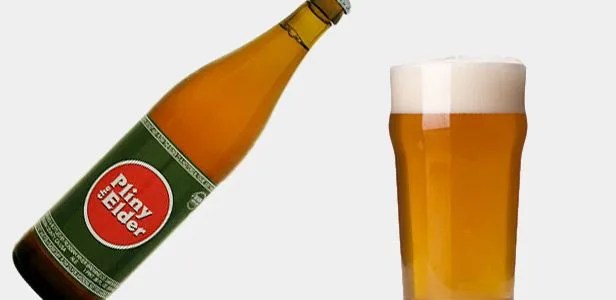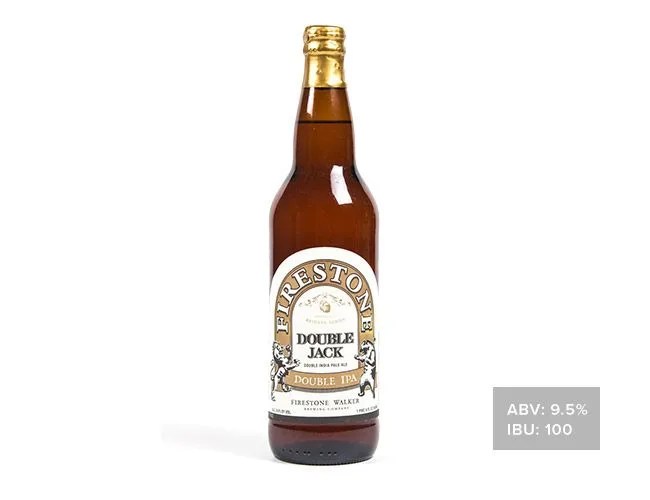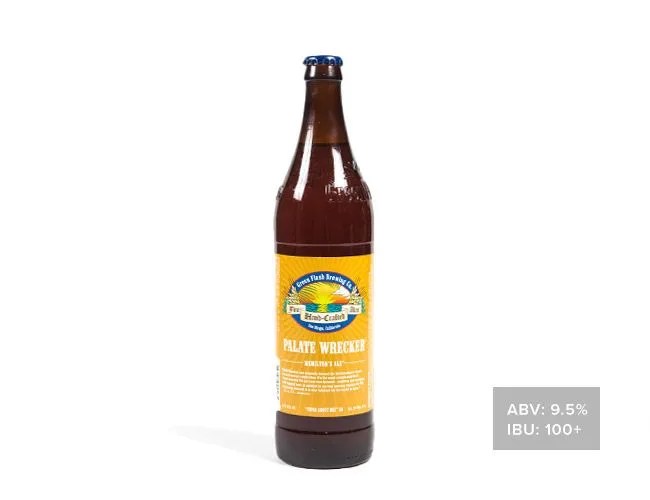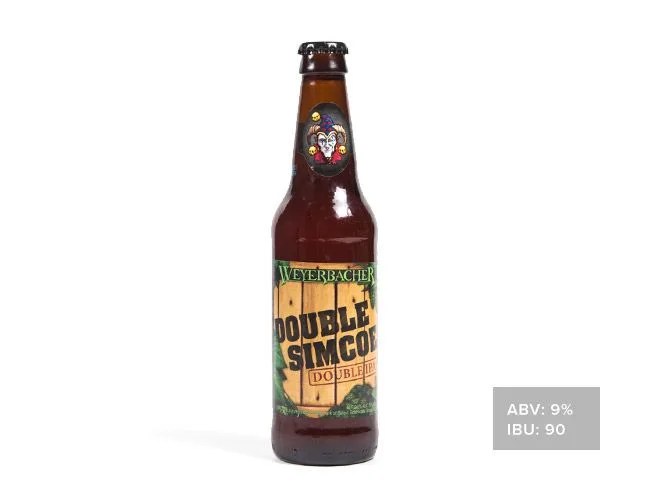By all accounts, the first double IPA was brewed by Vinnie Cilurzo, owner of the legendary Russian River Brewing Company, in 1994. Called Inaugural Ale (a double entendre, as it was both the world’s first double IPA and also the first beer that Cilurzo ever brewed for the now-defunct Blind Pig Brewery in Temecula, CA), the doubling came about by accident. Nervous about his first brew and hoping to mask any off-flavors, Cilurzo increased the hops and malts used in the Blind Pig IPA recipe. When the batch yielded a terrific and very potent beer, the double IPA was born.
More IPAs: A Quest for the Elusive Heady Topper | Stone 17th Anniversary Götterdämmerung | Tasting All of Dogfish Head’s Minute IPAs
Over the past 20 years, the way to make a double IPA (otherwise known as DIPA or “imperial IPA”) hasn’t really changed: roughly double the ingredients that would go into a normal IPA and you get a double IPA. Like their single counterparts, doubles are bright and refreshing, more fit for a summer barbecue than a winter campfire; they’re also heavier. As in, they carry more weight, and have higher ABVs — 7.5 percent or more, to be exact. If you’ve never experienced them, try imagining a square-foot piece of chocolate cake. Now imagine the same piece of cake, but with twice the amount of chocolate per square inch. The double IPA is like that second cake: rich and flavorful, and oh-so-very dense. When enjoying them, one is a treat, two is a lot and you really, really have to like cake (and have a designated driver and a hangover cure) to go for three.
As the weather changes, more and more stores begin cellaring their heavy winter stouts and replacing them with the hop- and malt-forward double IPAs. For those looking to expand their palates, doubles offer the citrus hop and bready malt flavors of regular IPAs, but amplified, and with plenty more complexity to spare. We tasted ten of our favorites.
Bell’s Hopslam Ale
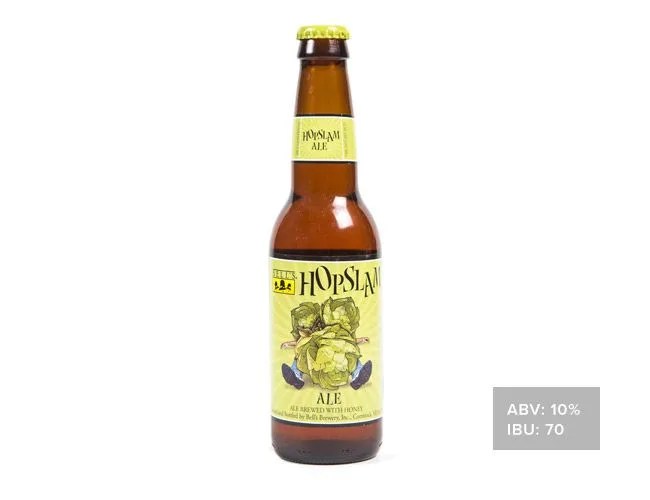
Double IPA Most Likely to Convert a Nonbeliever: East Coast, meet West Coast. Bottle, meet one of the coolest labels ever drawn. Kalamazoo-based Bell’s makes a wide variety of beers, but one of their most popular (and difficult to find) is Hopslam, the Midwest brewery’s take on the West Coast IPA. Although it’s made with six different varieties of hops from the Pacific Northwest, Hopslam isn’t quite as hoppy as advertised — but that’s a good thing. Despite the ABV, and aforementioned (advertised) game-ending hoppiness, it stands out as one of the most drinkable and delicious double IPAs on the market.
